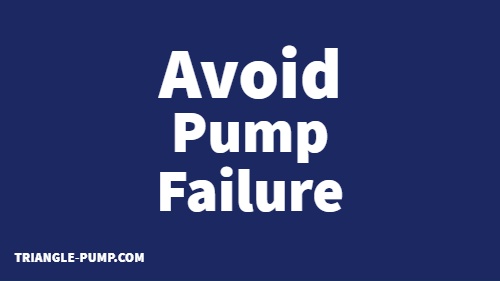Offering great versatility, mechanical seals are commonly employed to seal pumping equipment. However, there are still a number of pumps and devices that make use of compression packing for sealing purposes. Such pumps are used across a wide range of industries, including pulp and paper manufacturing, power generation, and water treatment, and play a critical role in supporting various industrial processes.
Therefore, failure of compression packing — and subsequent pump failure — can seriously disrupt process operations, resulting in unexpected plant downtime and significant financial losses. Plus, additional labor is required for cleanup in these situations.
To ensure smooth, efficient pump operations, it’s crucial to take the necessary steps to prevent compression packing failure.
What Causes Packing Failure?
Packing failure can be caused by a number of different factors; even just the wear and tear induced by normal operations can result in failure. Improper choice of materials and lubrication can also cause mechanical damage and subsequent packing failure.
Oftentimes, adjustable packing can fail as a result of excessive gland tightening. The misalignment of plunger and pistons, as well as dirty or corrosive liquids or environmental factors can also contribute to packing failure.

Signs of Packing Failure
Packing failure can be detected by a number of different indicators. For instance, it’s common for failure to be accompanied by increased leakage. In other instances, users may no longer be able to control leakage at glands, and the baseline drip rate may no longer be able to be regulated using normal gland follower adjustment.
Other signs of failure include smoke inside of the stuffing box, or packing protrusion outside of the pump. During maintenance, it’s possible to assess the state of packing material and determine whether it has turned brittle — another common sign of trouble. Any of these factors may indicate a potential packing problem that can eventually result in failure if left unchecked.
Key Installation Tips to Consider During Packing Maintenance
In the event of packing failure, it’s essential to rectify the problem by removing the old packing and replacing it with new material. Naturally, the first step is to familiarize oneself with the specific safety and environmental regulations involved. The pump should then be taken offline and the power supply switched off before the plunger and packing are removed.
Any degraded material should be replaced, and the cavity and stuffing box should be thoroughly cleaned before repacking. Smaller parts such as gland bushings, spacers and sleeve washers that may be damaged should also be replaced before the plunger is reinserted with sufficient lubrication. Once the plunger is reattached to the extension rod/crosshead properly, the packing can be tightened as per manufacturer instructions.
The pump can then be restarted. It should be noted that while minor leaks are normal, major leaks usually indicate improper installation, in which case the process will have to be repeated.
Using STAMPS to Identify Proper Packing Material and Construction
The STAMPS process, explained below, is commonly used to identify appropriate packing material and construction.
- Size — What are the stuffing box dimensions?
- Temperature — What is the temperature of the medium?
- Application — What type of equipment is involved?
- Media — What medium is being sealed?
- Pressure — What is the internal pressure being sealed?
- Speed — What is the surface speed of the shaft?
Learn More
Pump failure caused by improper or degraded packing can be easily avoided following the steps discussed above, allowing for significant cost and labor savings while reducing the chance of unplanned downtime. Periodic inspections and assessments of the health of packing materials are crucial for ensuring optimal pump performance and, in the event of signs of failure, repair operations should be carried out as quickly and efficiently as possible.
To learn more about pump packing failure and discuss solutions for your unique application, reach out to the experts at Triangle Pump Components today.